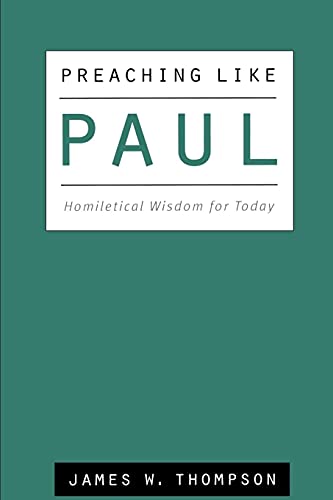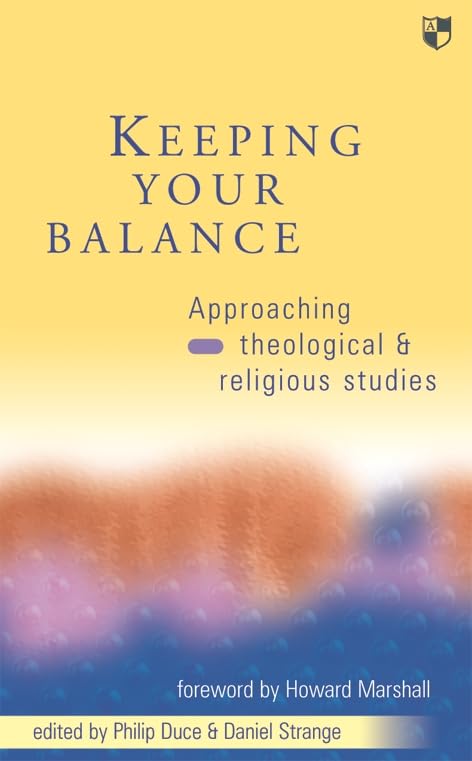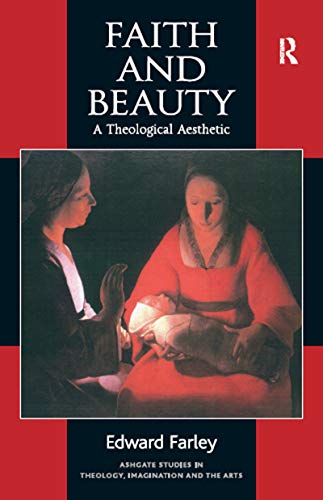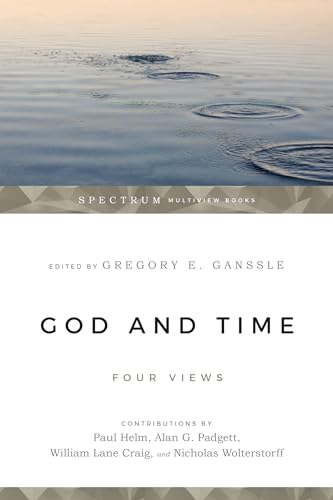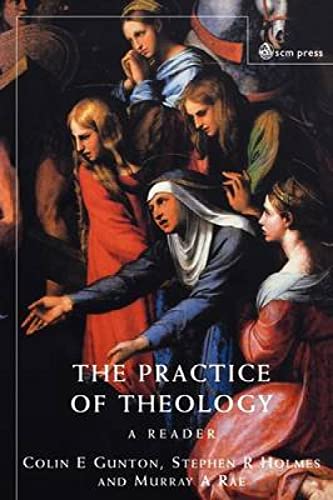THE EMERGENCE OF THE CHURCH: CONTEXT, GROWTH, LEADERSHIP AND WORSHIP
Written by Arthur G Patzia Reviewed By Steven SpriggsThe Emergence of the Church is by no means the only book written on the topic, but it is a great place to start. It covers a large range of subjects including cultural background, Jesus, Paul and early church life, and so can only ever be an introduction, but it performs that role well. Ample footnotes are provided so interesting topics can easily be investigated in more detail.
Patzia shows a good knowledge of contemporary scholarship, but unlike many other scholars encountered in university courses, he recognises God at work in the early church.
The book begins by considering the background in which the church emerged. Patzia stresses that the church emerged over a period of time in history and thus a particular political, ethnic and social milieu. The two important cultural contexts in which the early church emerged are Jewish Palestine and the Greco-Roman empire.
The book then moves on to take a look at the life of Jesus. It engages with The Third Quest for the Historical Jesus, particularly utilising the concepts of evangelical scholar, N. T. Wright. It looks at what kind of movement Jesus was trying to create and provides a well balanced consideration of the provocative question of whether Jesus intended to found the church? Patzia concludes that although the church is not the kingdom Jesus was looking to inaugurate, Jesus did want to form a religious community committed to the mission.
Following the consideration of Jesus, Patzia reflects on the birth of the church beginning in Acts 1. He looks at some of the major Christian leaders of this time, rightly focusing on Paul. Although, more could be said, Patzia does acknowledge the difficulty in harmonising the accounts of Paul in Acts and the letters. He goes on to look at the church in its various locations and recognises that there never was a time of uniform church practice. Of course all focused on Jesus Christ, but each church emerged with different influences. The main differences hinge on cultural origins and regard the issue of Jewish law.
The fourth section is on the emergence of leadership and order in the early churches. He concludes that NT categories such as prophets, apostles, elders and deacons are overlapping and that it is was not until after the NT books had been written that these categories became more defined and fixed. On the issue of women Patzia concludes that despite cultural differences between Greco-Roman and Jewish churches, generally women did have an important role in the leadership of the early church and so 1 Corinthians 14:34–35 and 1 Timothy 2:8–15 are assumed to relate to a specific context.
Section five looks at worship in the early church dealing with the place, time and components of meetings, liturgy, offering the Lord’s Supper and Baptism.
The three page conclusion attempts to alert the reader to the contemporary significance of the book. My fear was that this short conclusion would be an act of tokenism, neither engaging with the content of the book nor saying anything significant and falling into the trap of anachronism. Although it does not add a great deal, the conclusion avoids these pitfalls by reminding the readers of some of the book’s more general assertions and allowing the readers to discover the contemporary significance for themselves.
An enjoyable introduction and a useful reference tool.
Steven Spriggs
Joshua Generation and PhD student at King’s College London



